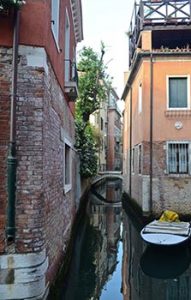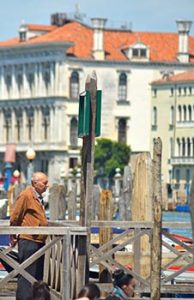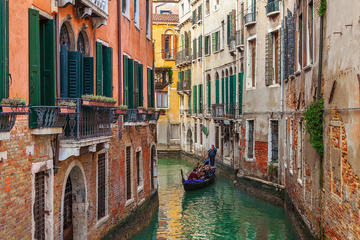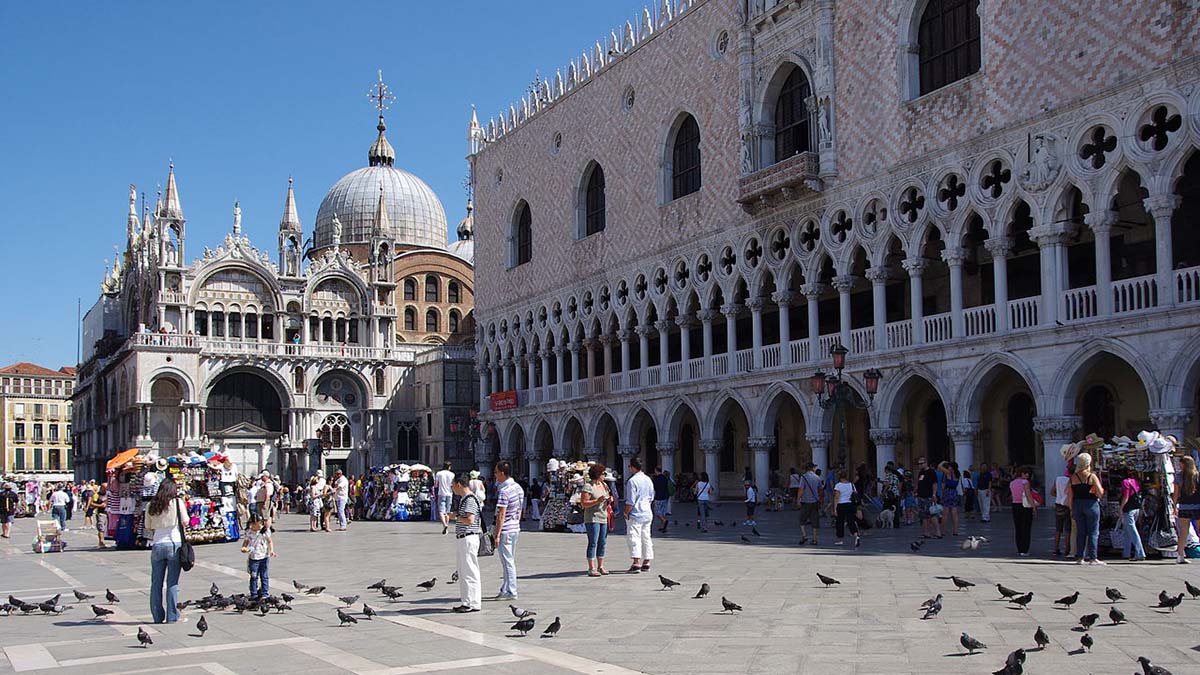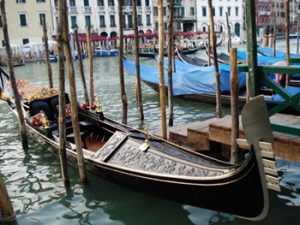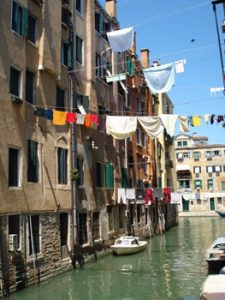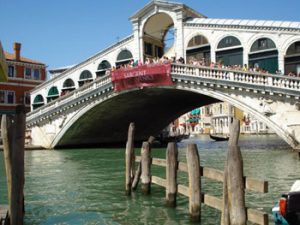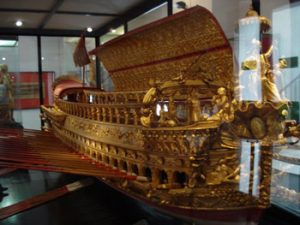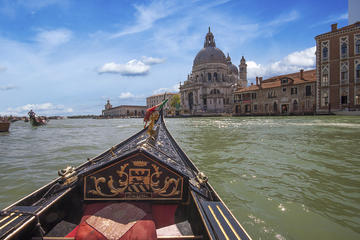
Welcome to Venice, the perpetual yet, sublime human beehive. Visitors voluntarily hurtle into romantically-induced claustrophobia, eagerly pacing the labyrinth of mysteries and historic patina. Behind its 1200-year-old veil stands a single truth: it has never witnessed a bystander. Each arriving soul is a particle added to the intricate needle lace cape of pure real-life fantasy. Its passageways swallow your entire being, the current of the rhythm forces you to let go as your eyes get accustomed to an unfamiliarly new color spectrum. It’s a place where shapes turn into smells, smells into pictures, and touch into emotion. Sounds surreal? You bet. There is no place like it; believe me, I’ve had my fair share of travels. So, without further building the suspense, let’s dive into your to do lists and explore some of the most amazing things to do in Venice. And there are plenty.
St. Mark’s Square
Piazza; square doesn’t do it justice. Honeymoon in Rome vs. honeymoon in Venice – how does one choose? After ruminating for many months, we finally reached a decision (as the Latins would say, “alea iacta est” – “the die is cast”). It had to be Venice – and boy was I not disappointed. St. Mark’s Piazza is a magnet; it pulls. Your feet carry you towards the grandest, most beautiful square this enchanting Earthly coordinate has to offer. THE spot to start your Venetian journey. If you’re a history aficionado, I suggest you skip breakfast and leave room for absorbing historic buildings such as Doge’s Palace, St. Mark’s Campanile, Torre dell’Orologio, and, undoubtedly the most iconic of them all – St. Mark’s Basilica. Breakfast is served. P.S. I hope you’re friends with pigeons.\

Grand Canal
Canalazzo, or The Grand Canal of Venice, is considered one of the world’s most majestic waterways, as it also happens to be the single most important in the (former) Republic of Venice. This 3.8-kilometer serpent divides the glorious city into suberbly symbiotic counterparts. Although only four bridges cross the Canal (out of 400!), the Grand beauty’s old glory reflects in its historic architectural wealth (with Venetian family palaces mostly dating from the 13th century). I have witnessed some of the oldest, world-renowned castles across Europe, but there’s just something about traveling the Canal at night and absorbing the lit-up architectural gems. It hits that sweet explorer/nostalgia spot.
Ponte di Rialto
Is it a film set, or is it a reality? Once you’re there, it isn’t easy to discern. The most iconic bridge in all of Italy (and the oldest crossing the Grand Canal) stands the test of time. It is more than a mere Rennaisance engineering achievement; it’s more than pioneering architecture. I’ll go so far as to say – its vivacious 1000-year-old Rialto market, although exceptionally important and stunningly exuberant, only took a little piece of my heart. It’s the love, the idealism of love that moves your whole being as you approach it. Thousands of padlocks were there to remind you of the concept of romanticism and the idea of eternal love (padlocks are forbidden at this point as the weight – of love – poses a threat to the bridge). But, what a view. What a piece of art. I recommend waiting for a summer downpour; you’ll have the bridge to yourself!

Venice Biennale
Talking about amazing things to do in Venice – this one surely takes the throne. The Art Biennale (La Biennale d’Arte di Venezia) is irrefutably one of the most important (and colossal) contemporary art exhibitions in the world. The international art festival (taking place every two years during summer) features a cinema, architecture, visual arts, dance, theatre, and music. Any art lovers reading this? Welcome to heaven. Artists, curators, critics, and buyers from all over the world meet in unison to pay homage to the beauty of the human mind. If groundbreaking art is of any interest to you, be sure to time your arrival so it overlaps with this awe-inspiring event (that’s usually how I plan my trips to Venice).
Murano/Burano treasures
My personal favorite twin islands (fun fact: Venice was built on a group of 118 small islands). So, why are these two worth visiting?
Murano
Surely you have heard of world-renowned glass blowers. The island is quaint, visitor friendly, and most importantly, its glass-blowing factories offer live demonstrations for us curious folks. (Fornace Ferro Murano) Museo del Vetro/Murano Glass Museum is my go-to place whenever I’m there. I never leave the island without purchasing an astonishing piece or two. Friendly advice, gather some packing supplies and be careful with breakables. Learn an art-saving hack pack skill before leaving Venice. We don’t want any surprises. Take it from my experience.
Burano
Adjacent to glass miracle workers lies an island of the 16th-century lace workmanship and all its well-kept secrets. Although much of the lace today is machine produced (keeping up with the modern times), handmade lace created by Burano women is still in high demand and attracts visitors from all over the globe. Please, don’t miss it. It’s worth the short ferry trip.

Caffè Florian
A cliché? I couldn’t agree less. This neo-baroque legend is one of the oldest (if not the oldest!) cafés in the world. Born in 1720, its welcoming hands keep on saluting and embracing millions of travelers, year in, year out. And they never get tired. One of my favorite things in Milan was heading down to Ristorante Antica Osteria La Rampina (a restaurant dating back to the 16th century!) – always a satisfied customer. But Florian, for some reason, is my one true love. Describing the feeling is redundant; you must grab a seat and order gelato. No sharing with pigeons.
Lastly
Let yourself go. Indulge in wandering. There is so much to see, so many amazing things to do in Venice, Italy. It will take a trip or two (Or three. Or ten.) to grasp the beauty, the history, the essence of the everlasting Venetian flame. No time to waste. Better get at it.
About the author:
Colton Hollis is a full-time blogger and a part-time vagabond. He lives for Gothic architecture, red wine, and Mediterranean sunsets.


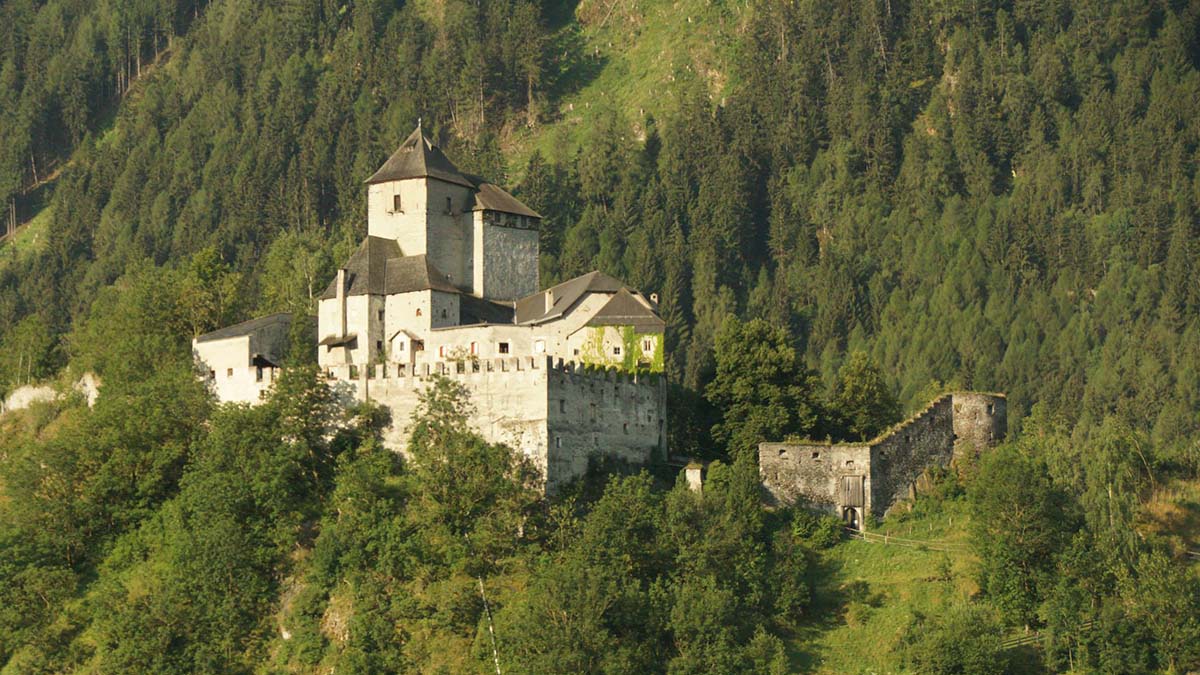

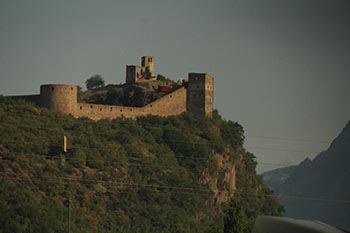
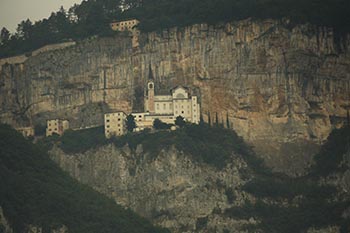

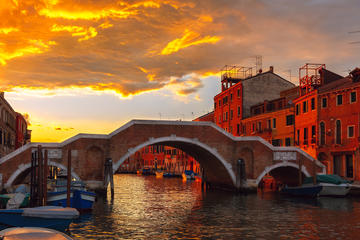
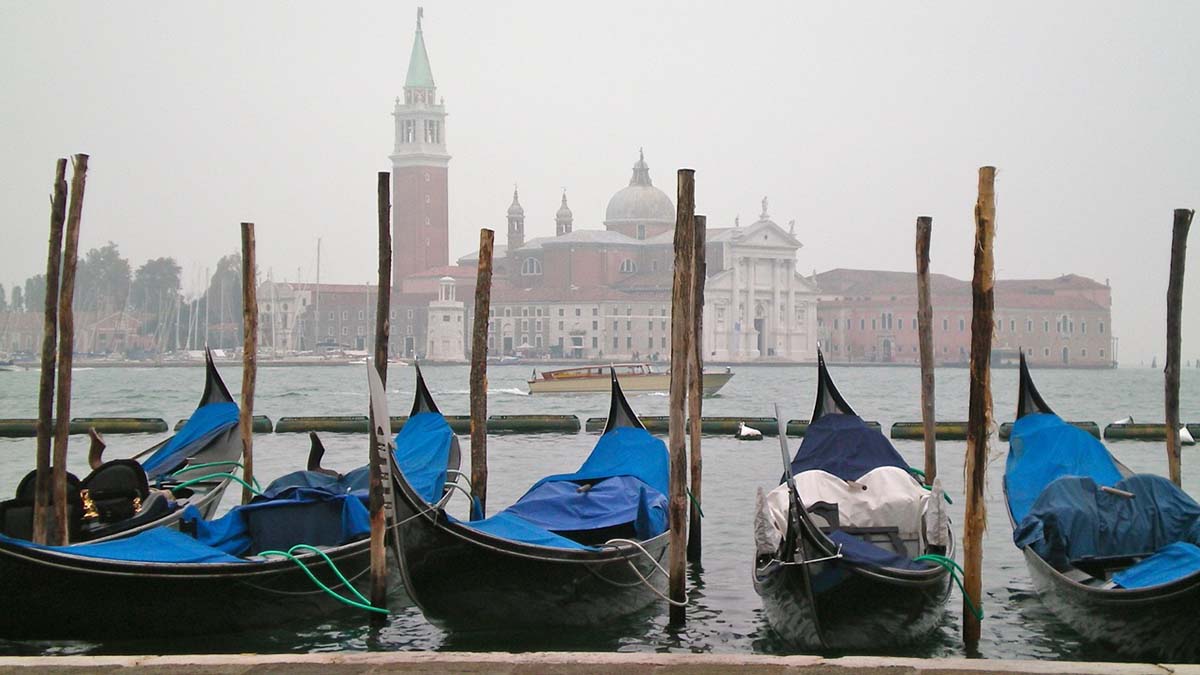
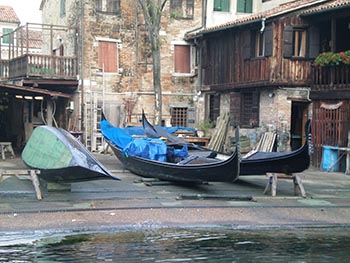 It took but a few minute to leaves the noise and bustle behind, for I’d entered a maze of alleyways and pretty piazzas where cafes spill onto the streets and picturesque residences stand dotted along the quiet canals. Small shops burst with flowers and vegetable seedlings, supplying courtyards and gardens hidden from view of the passerby. At the top of the Ponte dei Pugni – a small bridge spanning the Rio San Barnaba – are two sets of footprints, marking the starting positions for traditional fist fights. (Ultimately, these became so violent they were banned in 1705.) The Fondamenta Gherardini, which runs beside the Rio San Barnaba, is claimed by many to be the prettiest canal in Venice.
It took but a few minute to leaves the noise and bustle behind, for I’d entered a maze of alleyways and pretty piazzas where cafes spill onto the streets and picturesque residences stand dotted along the quiet canals. Small shops burst with flowers and vegetable seedlings, supplying courtyards and gardens hidden from view of the passerby. At the top of the Ponte dei Pugni – a small bridge spanning the Rio San Barnaba – are two sets of footprints, marking the starting positions for traditional fist fights. (Ultimately, these became so violent they were banned in 1705.) The Fondamenta Gherardini, which runs beside the Rio San Barnaba, is claimed by many to be the prettiest canal in Venice.